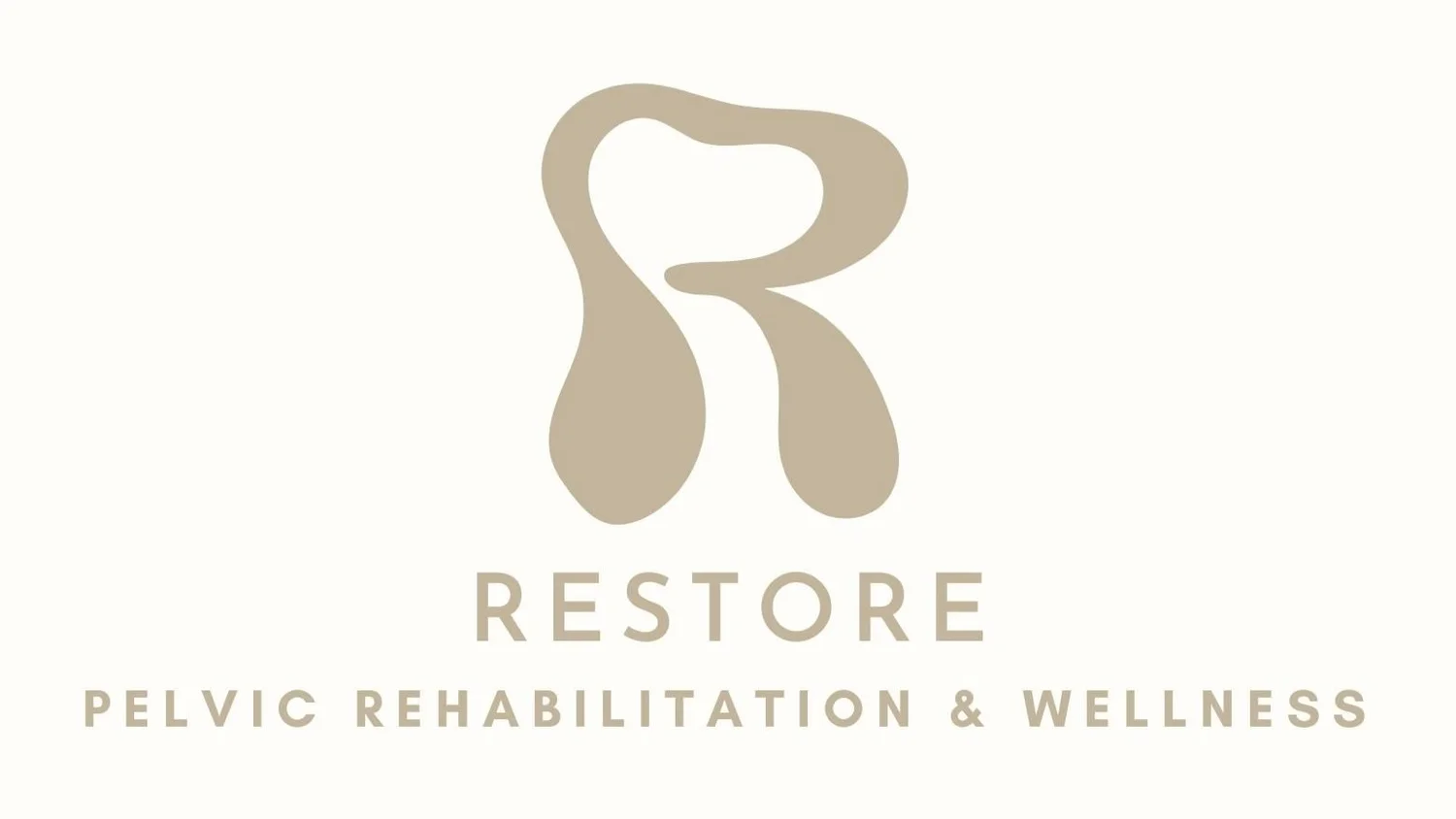Surviving Pelvic Pain: 5 Starting Steps
Pelvic Pain comes in many shapes and forms. It may be acute – recently occurred, or chronic – lasting longer than a few months and can still be happening after many years. It may be caused by something specific – injury, surgery, childbirth, car accident, etc. or it may seem completely random and uncalled for. It may be related to another chronic illness or it may be the first time you’ve had any significant medical issue. You may be someone who is very active, strong, and healthy, or the opposite. It can be in the general pelvic area, lower abdomen, perineum (underneath the pelvis), hips & glutes, internally at the bladder, uterus, or prostate, at the penis or testicles, at the vulva and vagina. It may be excruciating or just bothersome. The thing is, Pelvic Pain does not discriminate.
I have specialized in treating patients with pelvic pain since the start of my physical therapy career, even before. As a student, I completed a 4-month clinical rotation at a urology clinic under a very experienced Pelvic Health Physical Therapist. Working under her, I had the opportunity to treat patients with many different pelvic issues, however her focus was on pelvic pain issues. During my time there, I realized that many people take for granted the ability to pee, poop, have sex, not have urinary or bowel dysfunction, and when you do have an issue, it can affect your entire quality of life. This is especially true of Pelvic Pain.
I have seen Pelvic Pain affect physical and emotional relationships, cause people to quit jobs or change career paths, and go under general anesthesia for a surgery that may or may not be effective. Pelvic Pain can make people feel hopeless, desperate, and depressed. If this is you or someone you know – please know that you are not alone.
Because Pelvic Pain has so many variables. It makes it fairly difficult to treat. This may be why you have not been able to find a long-term solution. It takes a lot of effort and work to get out of pelvic pain, and STAY out of pelvic pain. I know this has been a bit bleak so far, but THERE IS HOPE!
Now, I don’t know what type of Pelvic Pain you may be experiencing, but here are some steps to get started on your recovery journey.
1. See a Pelvic Rehabilitation Professional – often a Pelvic Health Physical Therapist.
Getting started with a trained pelvic rehabilitation professional will be crucial to your recovery. This person should be able to give you a diagnosis, tell you approximately how long your recovery will take, and start a treatment plan immediately in order to get you out of pain.
2. Start moving. Keep it simple, start walking and do some gentle stretches.
- Aim to walk 30 minutes at least 3x per week
- Try these stretches:
Lower Trunk Rotation – 10 slow repetitions
Laying down butterfly stretch – 2 rounds of 30 second hold
Happy Baby stretch – 2 rounds of 30 second hold
Piriformis/ Figure 4 stretch – 2 rounds of 30 second hold on each side
Cat/ Cow – 10 slow repetitions
Thread the Needle – 10 slow repetitions on each side
Child’s Pose – 2 rounds of 30 second hold
3. Deep breathing
This will help calm your nervous system, mobilize & move your pelvic floor, and reduce muscle tension and pain
4. Mediation
Guided meditation for pain relief can be VERY beneficial. I use the app Headspace to help me meditate every night before bed.
5. BE CONSISTENT
Consistency and accountability are crucial for improving pain symptoms. Ideally, we want to get you out of pain and then KEEP you out of pain. The best and easiest way to do that is by continuing your exercises and making them a habit you do almost every day.
Hopefully these 5 simple steps will help you get started on your journey to get out of Pelvic Pain. There can be a lot more to get out of Pelvic Pain than this, but a lot of times, these simple steps can completely resolve Pelvic Pain issues. These steps are not a replacement for seeing a pelvic rehabilitation professional, however, this will be a good start!
xx,
Dr. Bethany Davidson PT, DPT, PRPC
If you have any questions, please reach out to me via email restorepelvicrehab@gmail.com or schedule an appointment on my website restorepelvicrehab.net.
